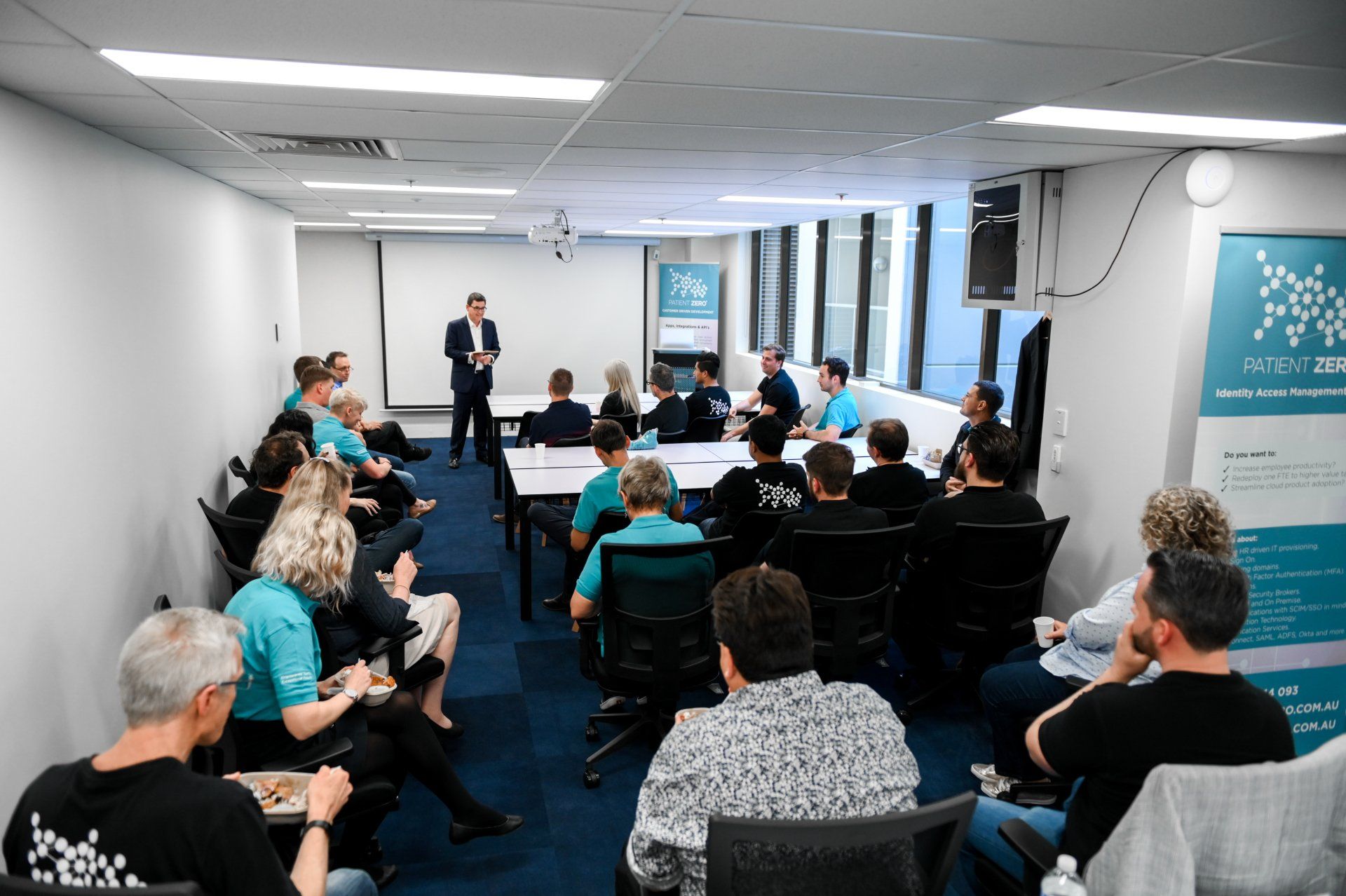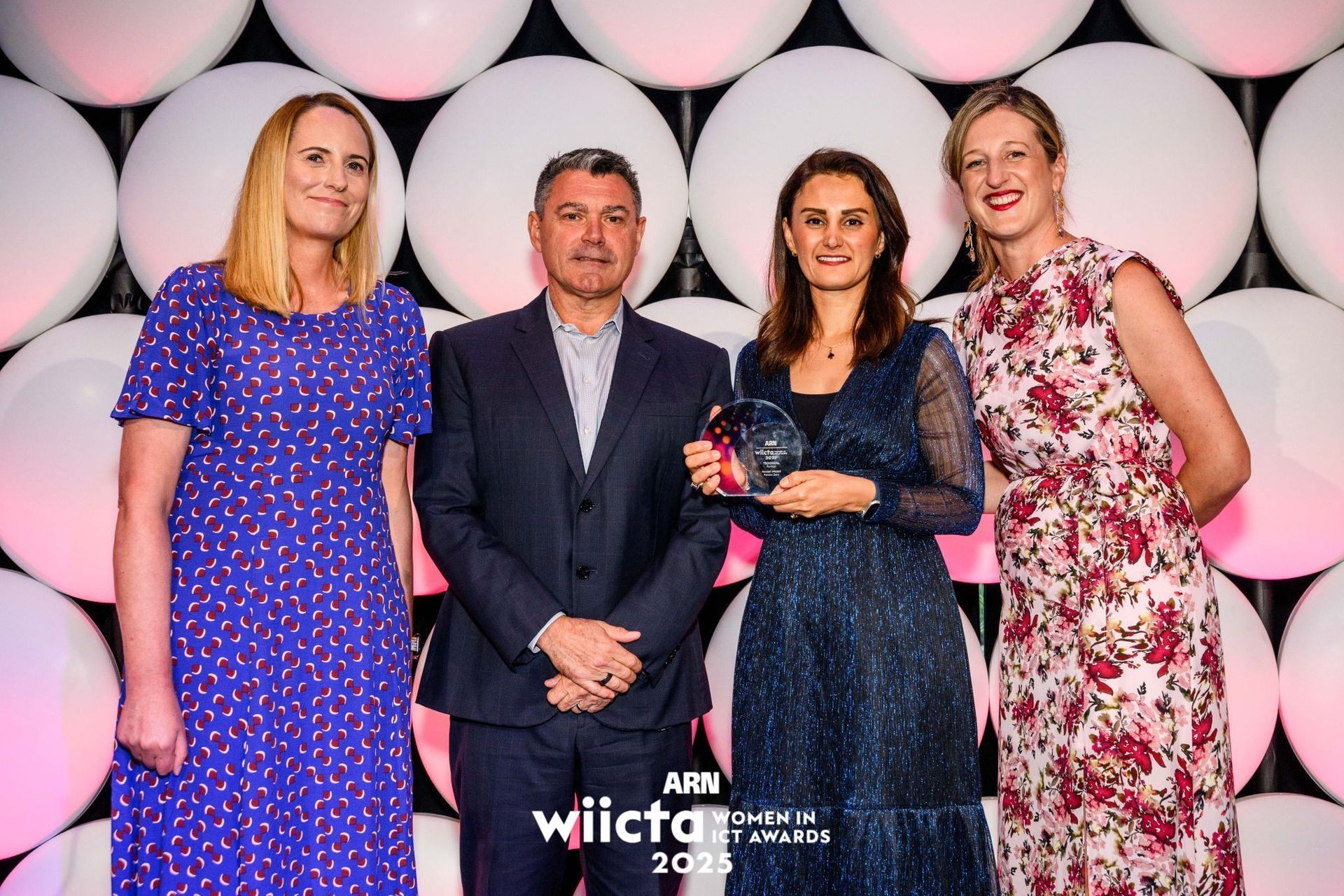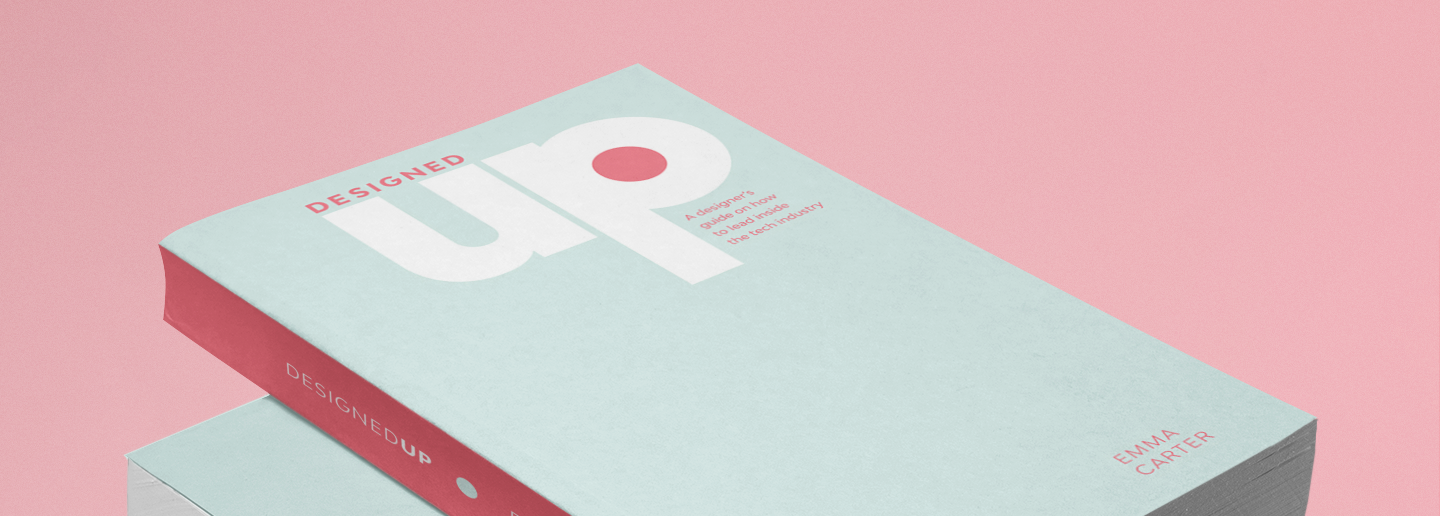What’s your role at Patient Zero?
I'm a Business Analyst within one of the Patient Zero teams. My day would typically be filled with product discussions, design workshops, requirements analysis, and collaborative sessions with my team. I work with our clients to help make informed product decisions while helping to break down tough problems into manageable segments of work.
How long have you been working for Patient Zero?
I've been working with Patient Zero for just shy of 2 years and it's been a completely unique experience. Across that span of time I've had the opportunity to work across almost a dozen industries within multiple teams and projects. The pure breadth of domain expertise that I've gained over this short period has been critical for my career. I've grown much further and faster at Patient Zero than I would have at any of my previous engagements.
What do you love about working at Patient Zero?
The culture is what makes this place amazing, we're a growing company so it means that you can really make an impact on what kind of environment you want to work in. The friendly and accepting environment helps get you in place and working effectively quite quickly. The very nature of a team based model means that collaboration is a key component to success here, it's what makes working in a Patient Zero team an experience like no other.
We have ups and downs like any team would but we have each others backs. We all work hard to ensure we're continuing to deliver value to our customers while also building a strong, supportive and excellence driven culture.
What do you think of design inside an agile team?
Design inside an agile team is a difficult topic. Design too far ahead and you've created a Waterfall-like process where the design falls out of the sky and the team begins work. Spend too much time creating a high fidelity design with lines and lines of acceptance criteria and you end up with a boring, dull development process leaving your team with little creative input.
I definitely think the bulk of design 'thinking' and concept bashing has to be done ahead of the team's current sprint but there's also a place for it to happen within the sprint. Especially if your client is accepting of an iterative creative process.
Ultimately we end up somewhere in the middle, where much of the design work is done ahead of the sprint but the team has direct input into its inception. This style means that the team knows what's coming down the pipeline and that they're also the masters of their own creation. It's a practice we're experimenting with heavily.
I do personally believe that if a designer or analyst is to be successful in a high performing agile team, you need to be accepting of change, manage your ego and ensure that your team has input into the design. Don't shy away from getting your hands dirty, throw some code around and grow your cross functional skill sets. Your team's not going to need design or analysis all the time so make sure you're providing value to them, your organisation and most importantly your customer.
Tell us a bit about one of your favourite projects you’ve worked on. Why did you enjoy it so much?
We've recently been doing work for a customer in the utility space. We've been building mobile based progressive web applications which has been a fascinating process. Packaging up web apps for mobile views has its own technical challenges but our learnings mean that our team can better navigate that space. We've got more to learn and more work to do!
What’s a fun fact about you?
I studied Fine Art at University. It's been a strange journey to end up where I am in an IT career. Don't ask me how it happened, I'm still not quite sure myself.






